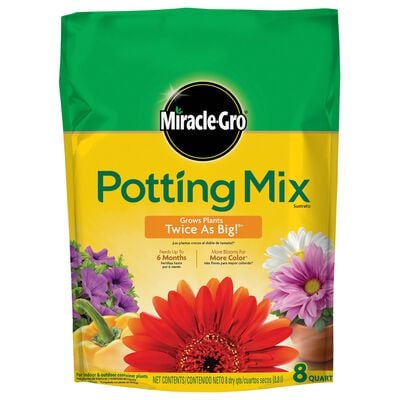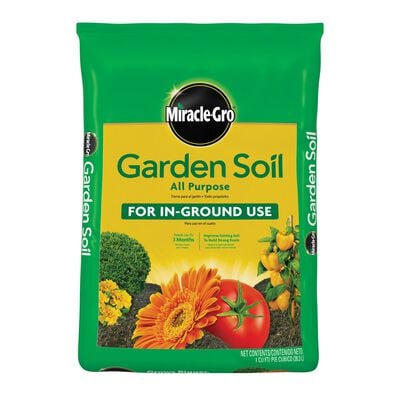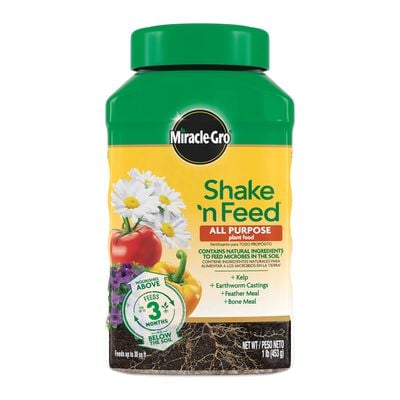
How to Keep the Harvest Coming
Discover how multiple plantings and a bit of planning can put fresh-grown food on your table all season long.
How to Keep the Harvest Coming
If your favorite part of gardening is harvest time (and really, who doesn't love that?), you may be longing for a way to use your growing space to keep that tasty produce coming from spring all the way through until fall. Here's some good news: A lush organic garden that puts fresh, healthy veggies and herbs on your table throughout the entire growing season can be a reality with just a little bit of planning, thanks to a method called succession planting.
Simply put, succession gardening is a way to maximize the garden space you have by planting one crop immediately after another is harvested, usually in spring, summer, and fall. The science behind doing multiple plantings in the same soil is pretty straightforward. By choosing plants from different families for each round, your plants are actually enriching the soil while discouraging pests.
Of course, you'll need to plan ahead of time to make it all work. Here's an easy way to do that:
1. Get to know the families.
Make a list of plants you'd like to grow and learn about which families they belong to. For example, tomatoes, peppers, and eggplants are all in the nightshade family, while kale, collards, and cabbage are all in the mustard family (also known as cole crops). Plants within a single family tend to have similar nutritional needs, so they take many of the same nutrients from the soil and are susceptible to many of the same diseases. That's why you don't want to keep planting plants from the same family in the same place.
2. Consider companions.
Certain plants grow well together, depositing essential nutrients into the soil or repelling pests, so you may also want to think about doing some companion planting. These plant pairings can enhance and protect one another when planted side-by-side or, in the case of succession planting, before or after one another. For example, plants in the cabbage family draw lots of nitrogen from the soil, while those from the bean family deposit it back in.
3. Make a plan.
Create a garden plan that includes two or more plantings while taking into consideration the crops you want to grow and the length of your growing season. For all plantings, you can get a serious jump-start on growth by skipping the seeds and planting vigorous young plants from Bonnie Plants® Organics that are already well on their way to maturity. They're a major time-saver, and that's important when you're trying to maximize growth. (Once you've got your plan figured out, make a simple sketch of what will go where in the garden, so you won't forget!)
- To start, the spring planting should include plants that tolerate cool weather and mature relatively quickly, so they're ready to harvest before summer rolls around. Try spring crops like lettuce, parsley, cilantro, kale, celery, mint, radishes, and kohlrabi. Many of these fast-growing, cool-season plants can be planted before the last spring frost.
- Plants chosen for the second planting (in the summertime) must be from different families than whatever was in that same row, bed, or space in your first planting. Summer crops like cherry tomatoes (which tend to ripen faster than full-size tomatoes), pickling cucumbers, snack-size peppers, basil, zucchini, arugula, oregano, rosemary, and sage are all great choices.
- If your plant choices and region allow for a third, or fall, planting, the same rules apply. Keep in mind that fall crops may take longer to harvest since the days are shorter and cooler. Consider choosing semi-hardy or hardy plants that can survive a light frost, like pak choi (Chinese cabbage), leaf lettuce, kale, collards, and Swiss chard.

4. Plant smart.
Before planting anything, prep your soil by mixing 3 inches of Miracle-Gro® Performance Organics® All Purpose In-Ground Soil in with the top 6 inches of existing soil. Enriched with aged compost, this top-quality garden soil provides plants and their roots with just what they need for super-strong growth. Of course, hungry plants can deplete the nutrition in even the best soil over time. So, a month after the first planting, you'll want to begin feeding your plants every week with Miracle-Gro® Performance Organics®
5. Harvest, remove, and replant.
Once your plants reach maturity, begin to harvest and enjoy! As the plants begin to fade, remove them and put your second planting in their place, continuing to fertilize every week. Repeat the process for your fall planting when you've finished harvesting your summer crops.
6. Get ready for the off season.
After all that planting, growing, and harvesting, you and your garden both deserve a break. Put your garden to bed for the winter, then start dreaming of future harvests!


